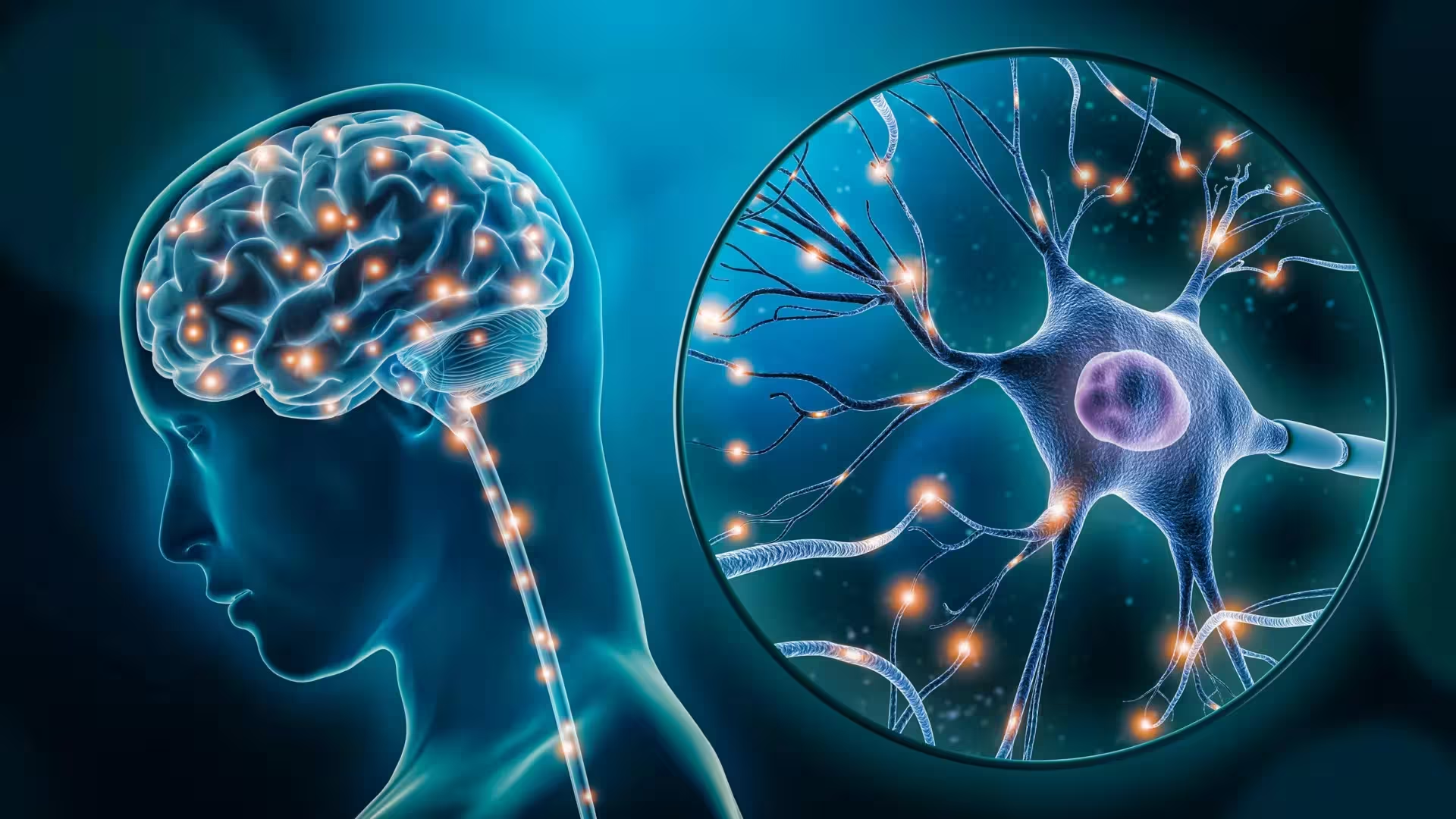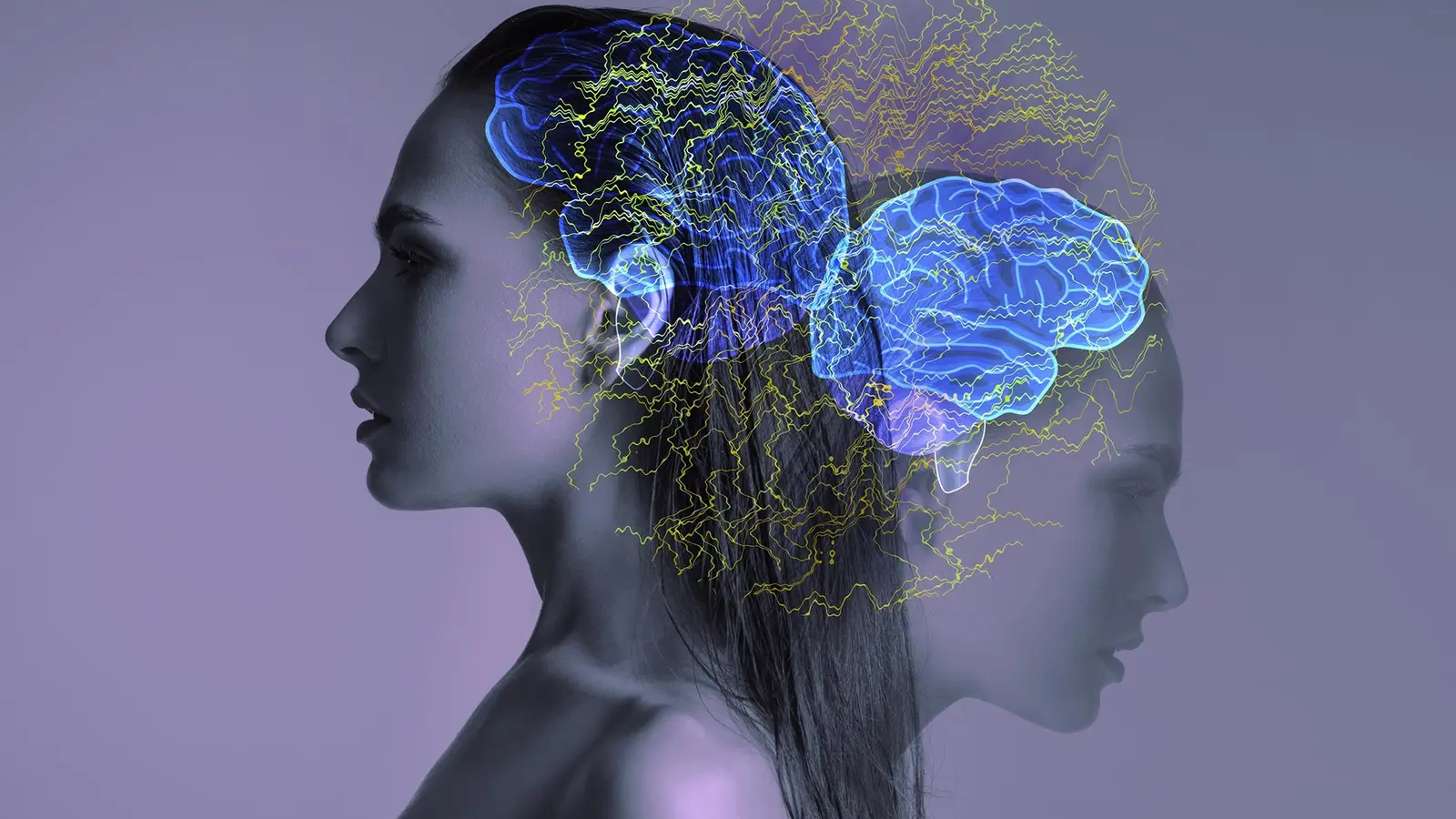4 Minutes
Scientists at McGill University and the Douglas Institute have mapped gene activity in individual brain cells and identified two cell types whose function is altered in people with depression. Using post-mortem tissue and advanced single-cell genomic techniques, the team found consistent differences in gene expression and chromatin regulation in a class of excitatory neurons and a subtype of microglia. Researchers found that certain neurons and microglia function differently in depressed individuals, altering brain systems tied to emotion and stress. The discovery could lead to precision therapies that target the root cellular mechanisms of depression. Credit: Shutterstock
Methods and dataset
The study, published in Nature Genetics and led by Anjali Chawla and Gustavo Turecki, applied single-nucleus chromatin accessibility profiling alongside RNA analysis to thousands of individual brain cells. Tissue came from the Douglas-Bell Canada Brain Bank, a rare resource that includes donations from people with psychiatric disorders. The researchers compared samples from 59 individuals diagnosed with depression and 41 control subjects to link cell-type-specific transcriptional changes with DNA-regulatory mechanisms.
This multi-modal single-cell approach allowed the team to detect (1) which genes were expressed differently in depressed versus non-depressed brains and (2) which regulatory DNA regions (chromatin accessibility sites) could explain those expression changes. These combined measures help pinpoint functional variants and the precise cell populations where they act.
Key discoveries and biological context
Two main findings stood out. First, a class of excitatory neurons — cells that increase activity in neural circuits — showed altered gene programs tied to mood regulation and stress responses. Second, a microglial subtype — brain-resident immune cells that manage inflammation and synaptic pruning — exhibited distinct transcriptional and chromatin changes consistent with an inflammatory or immune-modulated state.

Microglia play a central role in maintaining neural health by clearing debris, shaping synapses, and coordinating inflammatory responses. Disruption in microglial function can therefore affect neuronal circuits that underpin emotion and cognitive processes. Altered excitatory neuron gene expression suggests direct changes to the circuits that regulate mood, which helps explain measurable biological differences in people with Major Depressive Disorder.
"This is the first time we've been able to identify what specific brain cell types are affected in depression by mapping gene activity together with mechanisms that regulate the DNA code," said senior author Dr. Gustavo Turecki, clinician-scientist at the Douglas Institute and Canada Research Chair in Major Depressive Disorder and Suicide. "It gives us a much clearer picture of where disruptions are happening, and which cells are involved."
Implications for treatment and future research
By identifying the precise cell types and regulatory mechanisms involved in depression, the study opens new avenues for precision therapies. Potential applications include:
- Developing drugs that target microglial inflammatory pathways without broadly suppressing the immune system.
- Designing interventions to restore excitatory neuron circuit balance, including neuromodulation or cell-type-selective pharmacology.
- Searching for biomarkers in blood or imaging that reflect the identified cellular signatures.
The researchers plan to investigate how these cellular changes affect circuit dynamics and behavior, and whether they can be reversed or modulated by existing or novel treatments. Funding for the project came from the Canadian Institutes of Health Research, Brain Canada Foundation, Fonds de recherche du Québec - Santé and McGill's Healthy Brains, Healthy Lives initiative.
Conclusion
This work strengthens the evidence that depression has a measurable biological basis at the level of specific brain cell types. Pinpointing excitatory neurons and microglia as key players provides targets for mechanistic studies and lays groundwork for more targeted, cell-specific therapies that could improve outcomes for millions worldwide.
Source: sciencedaily


Leave a Comment